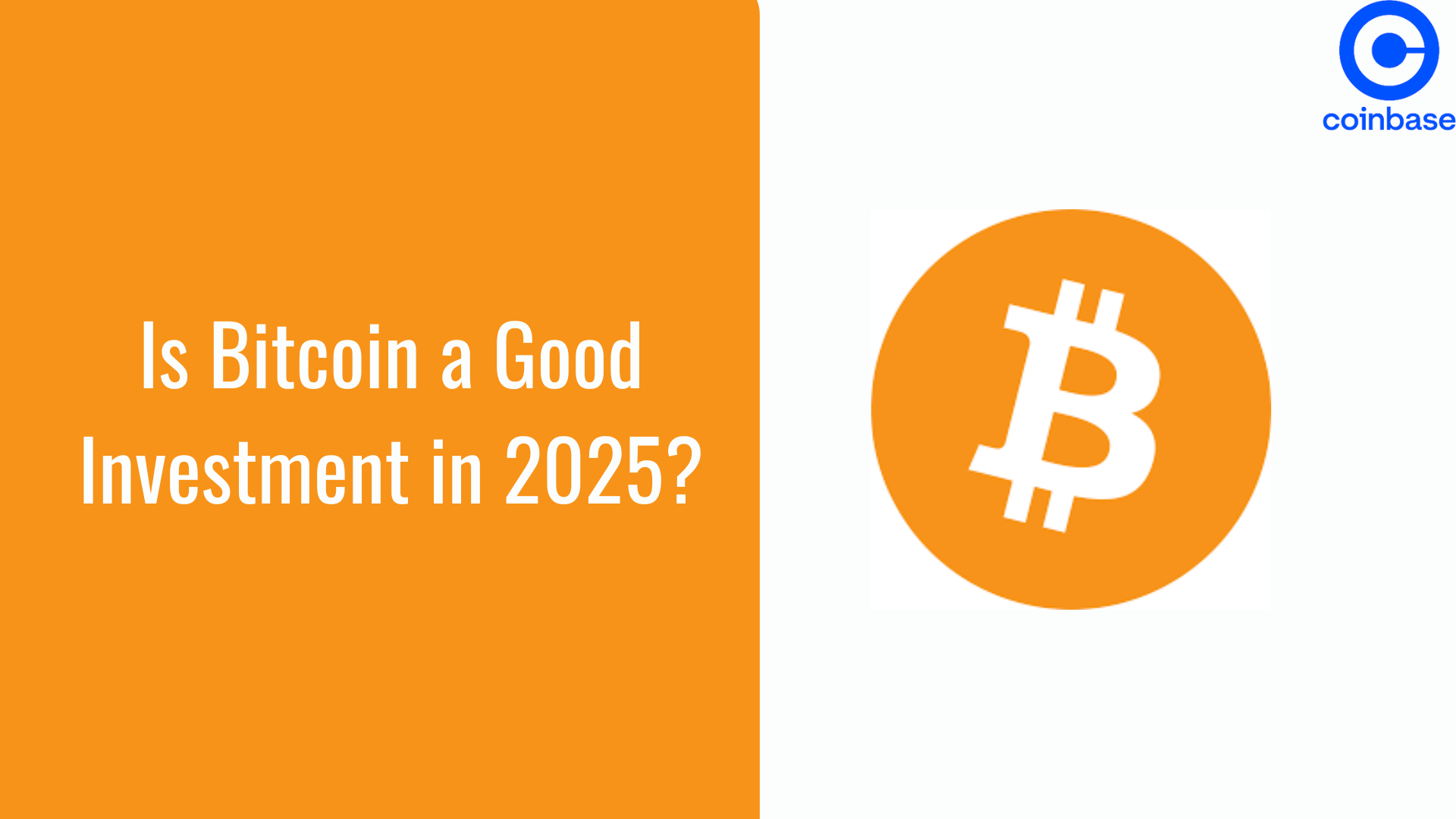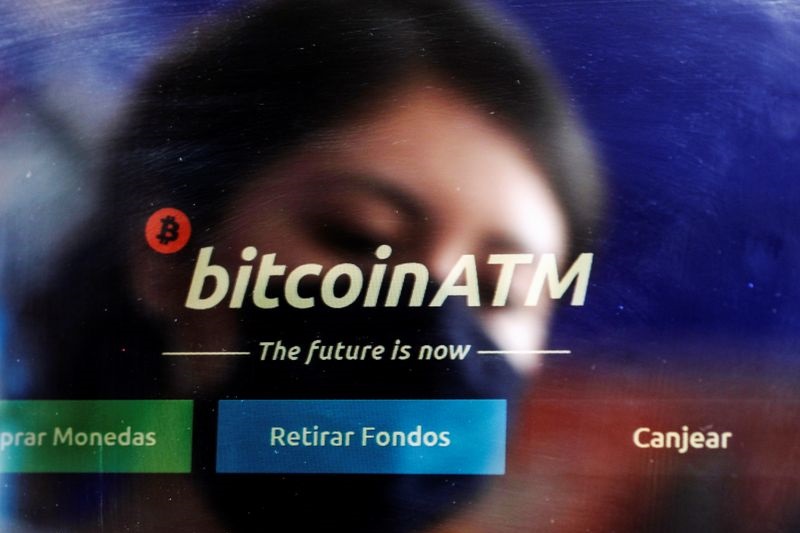As the cryptocurrency landscape evolves, Bitkey has emerged as a pioneering solution in the realm of self-custody wallets. With the introduction of Bitkey beta, developed by Block, Inc., users are invited to a world of enhanced security, control, and transparency. This version is particularly significant, incorporating user feedback and rigorous testing to refine its offerings. Here’s an expanded look into the technical nuances and capabilities of the Bitkey beta.
In-Depth Look at Bitkey Beta Components
Bitkey’s architecture is a testament to advanced cryptographic principles and user-centric design. Each component is meticulously crafted to provide a secure and seamless user experience.
Mobile App — A Conduit to Secure Transactions:
- Layer 1 Bitcoin Blockchain Integration: The app directly interfaces with the Bitcoin blockchain, leveraging its decentralized and secure nature. Transactions are cryptographically verified, ensuring integrity and non-repudiation.
- Personalized Spending Limits: Users can define daily limits for transactions without hardware approval. This feature is underpinned by cryptographic rules set within the app, ensuring that spending limits cannot be exceeded without explicit user consent.
- Adaptive Currency Display: Understanding the value of assets is crucial. The app provides real-time conversion and display of Bitcoin value in various denominations, including sats, BTC, or fiat, utilizing reliable exchange rate APIs and cryptographic verification of rates.
Hardware Device — Fortifying User Control:
- Biometric Authentication: The hardware incorporates a state-of-the-art fingerprint sensor, ensuring that only the authorized user can initiate transactions or change settings. The biometric data is stored in a secure enclave within the device, isolated from other components.
- Future PIN Authentication: Recognizing the need for alternative authentication methods, plans are in place to incorporate PIN-based access. This feature will provide an additional layer of security and user flexibility, ensuring access even in scenarios where biometric verification might be challenging.
















